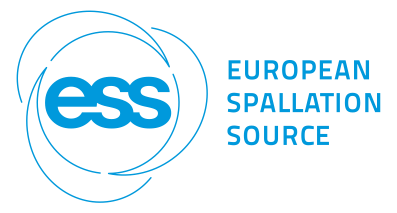Speaker
Dr
Frédéric Stichelbaut
(Ion Beam Applications)
Description
All IBA medical accelerators make use of proton beams with energy ranging from a few MeV (medical isotopes production) up to 230 MeV (proton therapy). A common drawback is the generation of important fluxes of secondary neutrons with energies ranging from thermal energy up to the maximal proton energy. The neutron-induced long-lived isotopes produced inside the shielding concrete are responsible for the production of low-level nuclear wastes at the facility end-of-life. The handling and storage of these nuclear wastes represents today a major part of the decommissioning costs of an accelerator facility.
As they are potentially concerned by this problem of concrete activation, IBA has developed new formulations for low-activation concrete. Thanks to a careful selection of the aggregates and cements, it is possible to reduce by a significant factor the elements responsible for long-lived isotope production. With this low-activation concrete, the production of low-level nuclear wastes in Proton Therapy systems is completely eliminated.
The content of Europium, Cobalt and Cesium in the concrete has been determined both by neutron activation analyses and ICP-MS analyses. Based on those results, the production of nuclear waste is estimated using MCNPX for various accelerators using realistic usage scenarios.
Author
Dr
Frédéric Stichelbaut
(Ion Beam Applications)
